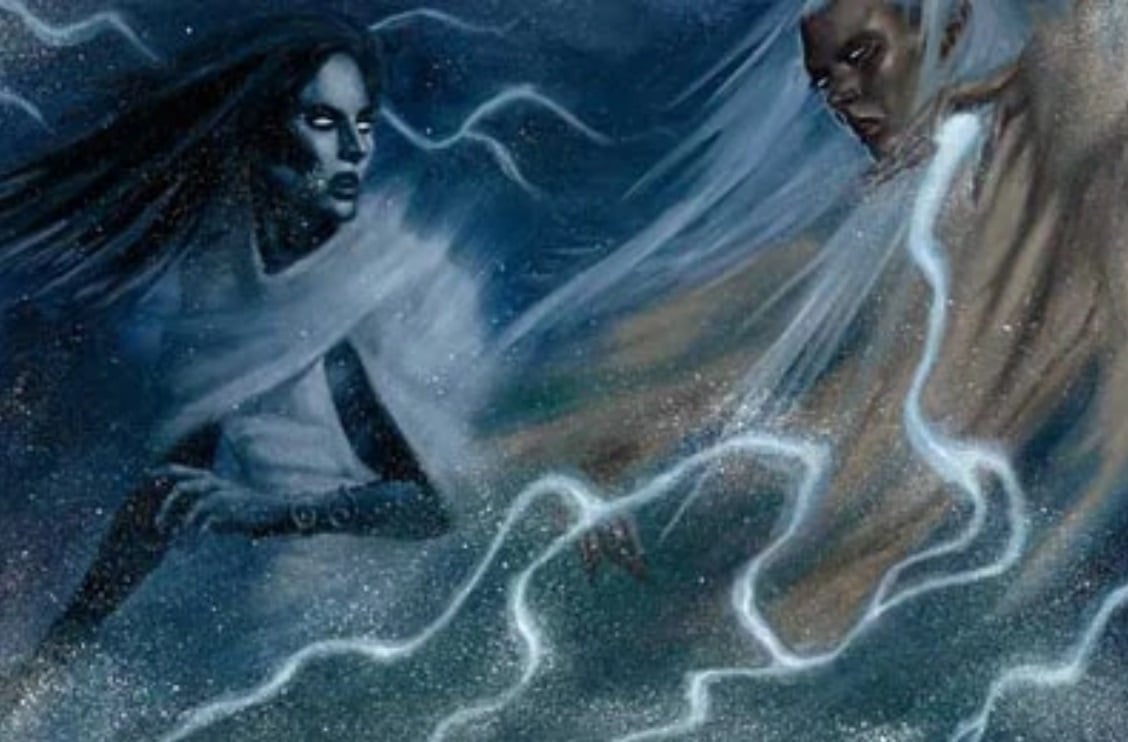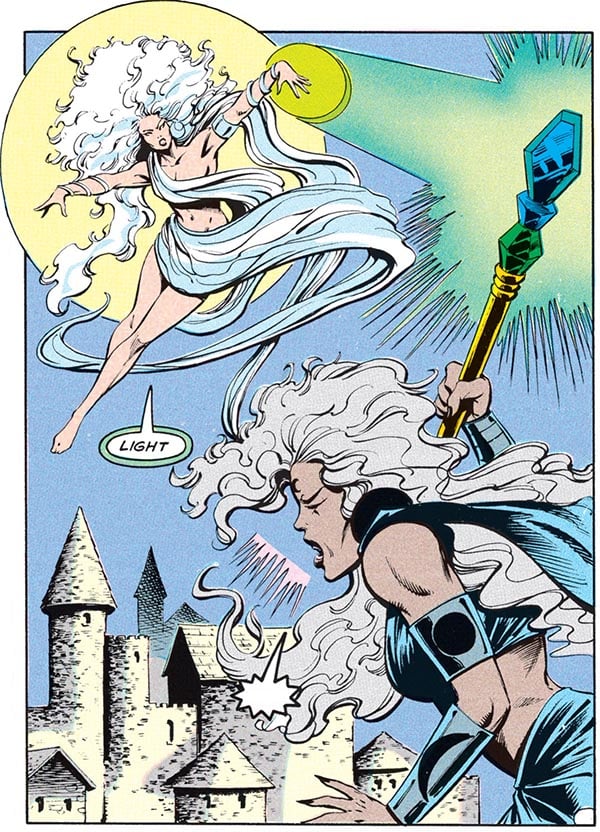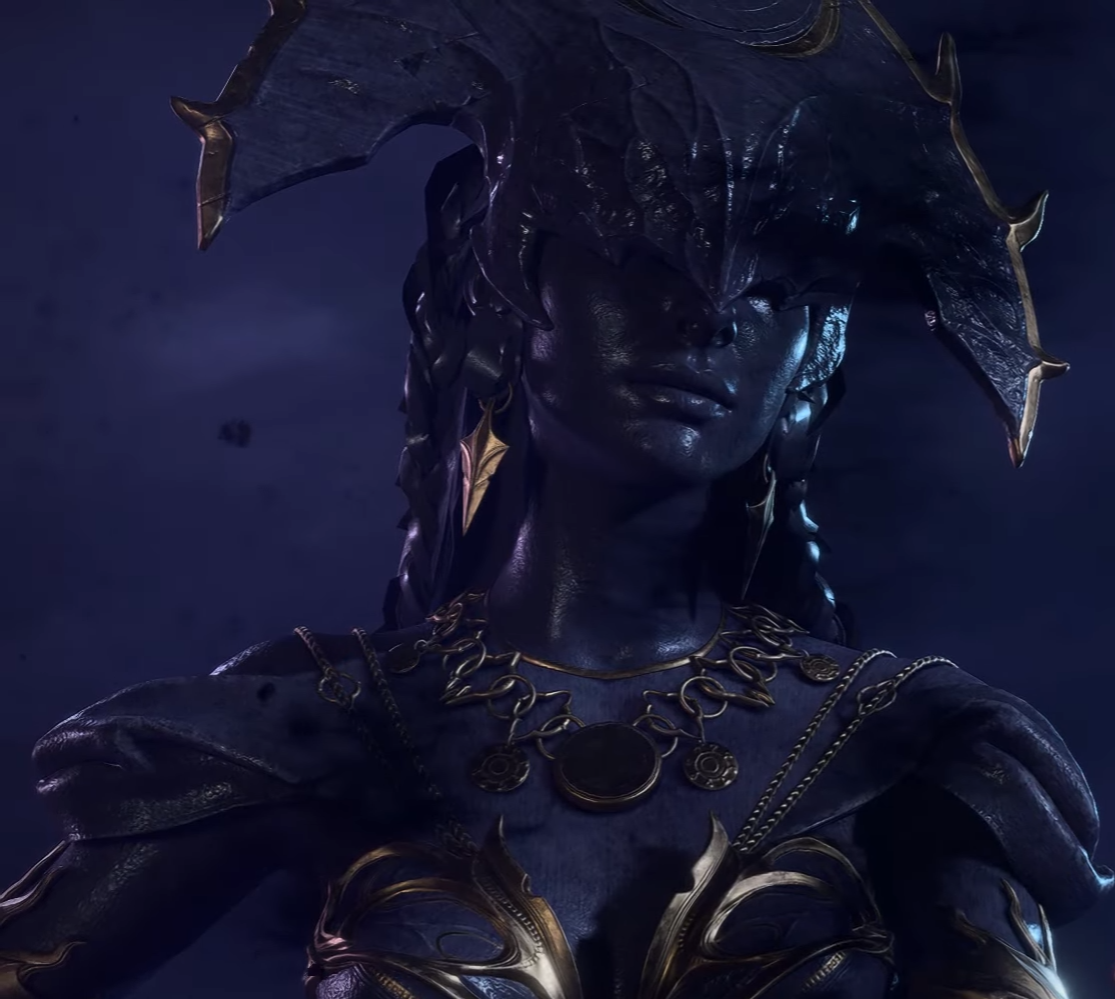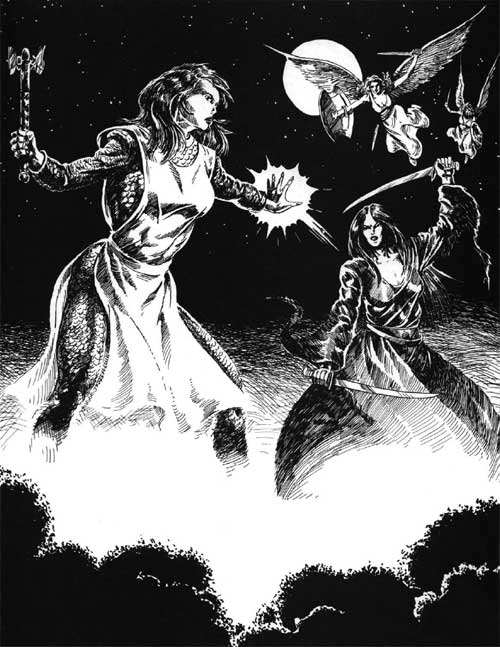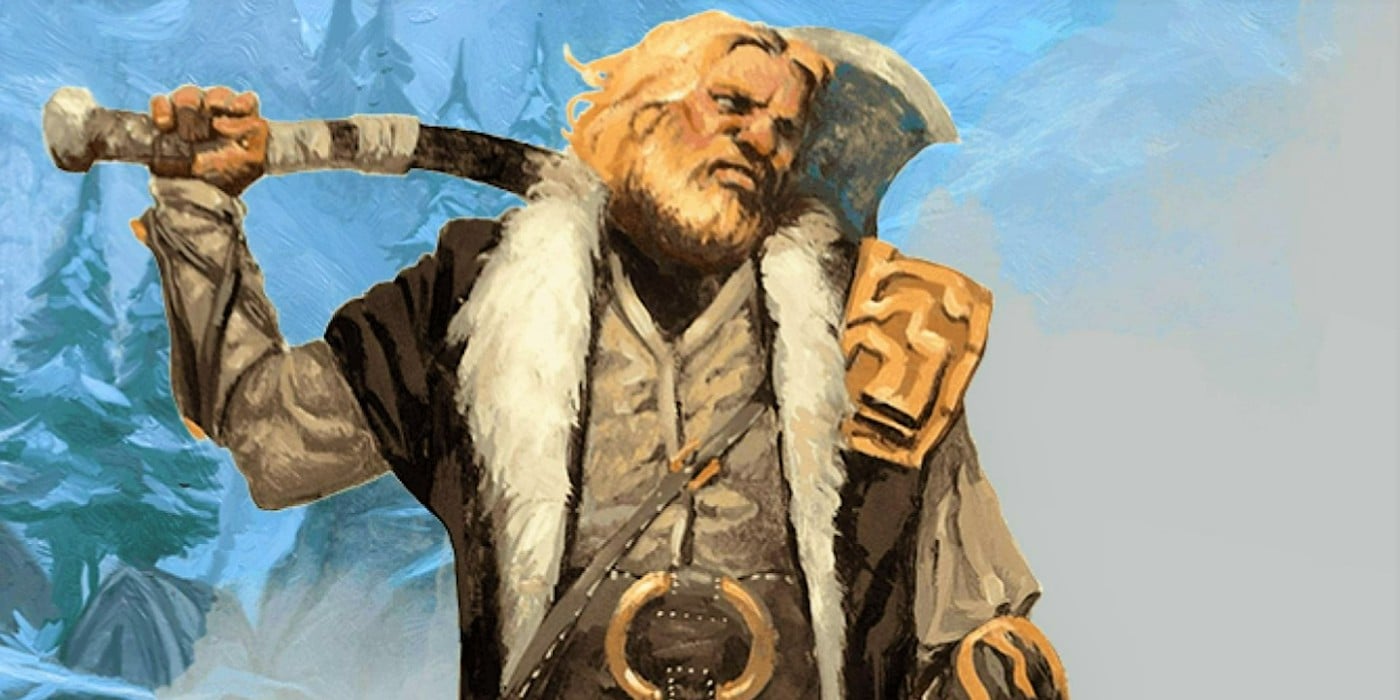An Adventurer’s Guide To Shar, Mistress of the Night, Lady of Loss
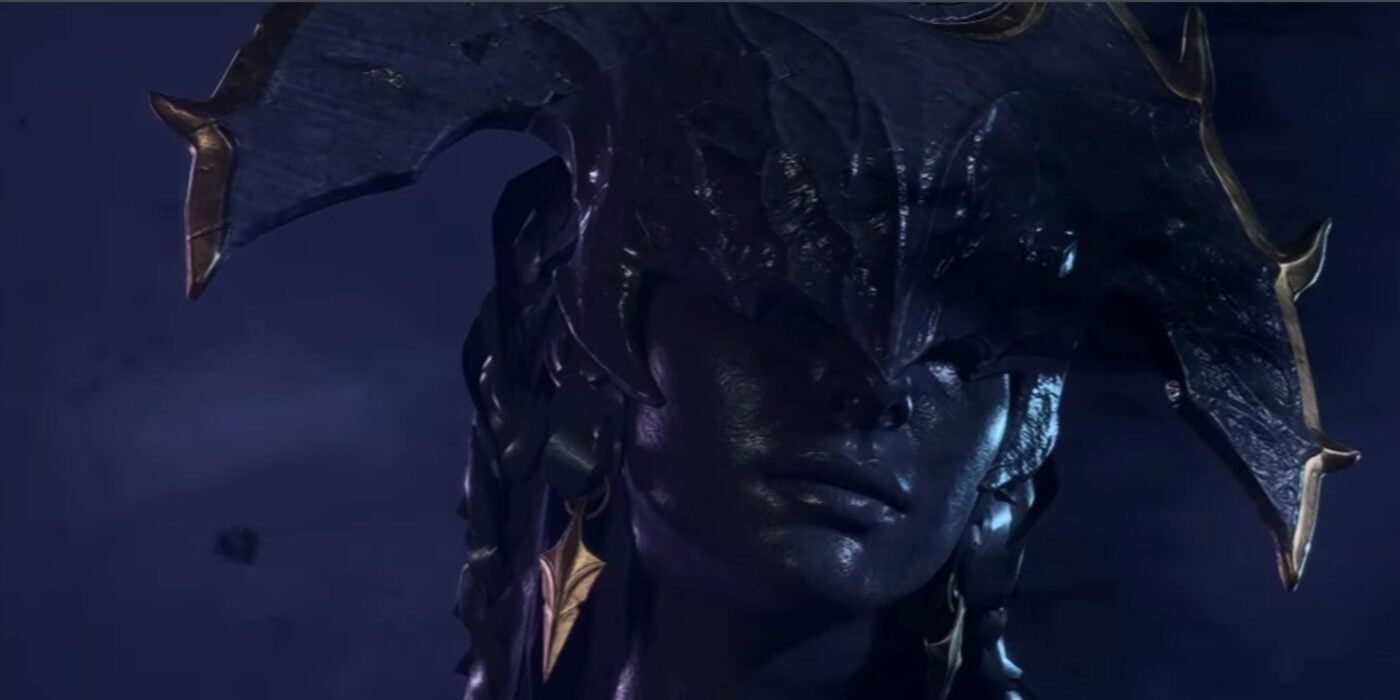
Shar is the Lady of Loss, the Mistress of the Night, and the dark sister of Selûne. Her merciful gaze is upon us.
In Baldur’s Gate 3, the sister deities of the night, Selûne and Shar, feature heavily throughout the masterful three acts. And while Selûne is a benevolent goddess who provides succor to her worshippers, Shar is much more demanding of her followers. She expects pain, suffering, and loss. But all of these can, potentially, lead to freedom.
Or at least Shar’s ideal of freedom. But the Lady of Loss has a long and storied history throughout the Forgotten Realms. Where did she come from? What are her wants? It all begins in the dim, ancient past.
A History of Darkness
Depending on the stories you believe, Sgar is one of the oldest deities in Faerun. She is said to originate during the earliest days of the universe. Amid the chaos and timeless nothingness, when the crystal sphere of Faerun was filled with no more than dim, misty shadows. Before light and dark had even separated themselves.
There, Shar and her sister Selûne came into being. The twin goddesses embody light and dark in two different aspects. The two are said to be the ones who created Abeir-Toril out of the cosmic ether left in their wake.
But who knows what truly happened in the days before life? All the sages can agree on is that both Selûne and Shar warred with each other over the fate of the world. Life and warmth vs. dark and rest. Here the other gods come into being, perhaps. Or are called into Faerun. Again, the reality is tricky when one universe bleeds into another.
But even in the earliest days Shar was said to be a paradox. She was bright into existence by the creation of reality, and yet she is a reflection of the void, the nothing that existed before her creation. Shar longed for the perfection of nonexistence, and in her yearning, she experienced the loss of what she could never again have.
Thus was she known as the Lady of Loss.
Aspects of Shar
Shar was many things to her followers. She represented the dangers of false hope, the inherent emptiness of life, and secrets concealed deep within the heart. The Nightbringer, as she was sometimes known, kept special delight for hidden sins, concealed lusts, and buried hatreds, waiting for a chance to see the light of day once more.
And yet, for all that she represented these things, she was also beautiful and seductive. Her words and appearance both capable of charming those looking for her message. This almost musical beauty is present in the appearance and mannerisms of her two Avatars.
First, is the Nightsinger. As the Nightsinger, Shar is a towering figure, 12 feet tall in a long, flowing cloak, wearing a mask of feathers of every kind. The Nightsinger never speaks, but rather sings at every utterance.
Then there’s the Dark Dancer, a seven foot tall, lithe, graceful figure with skin like the night sky, with dark and hypnotic eyes. The Dark Dancer could bring weal and woe to those she encountered. But those who encountered her might well fall under her seductive spell.
The Dark Weave
Mention of Shar cannot be made without also mentioning the Shadow Weave. A darl counterpart of the original Weave, the Shadow Weave was woven out of nothingness and secrets. It was distinct from the Weave, which made it attractive to those who wished to endeavor in darker pursuits. Necromancers and Enchanters often favor the Shadow Weave.
But they do so at their own peril. The Shadow Weave is harder to detect, and will function in areas where the Weave is nullified, yes, but it also carries a terrible price. None may use it without Shar’s permission, and even then, many lose themselves, or at least a part of their minds, from the secrets contained within.
And yet, during the Spellplague, the Dark Weave was destroyed. Erasing a grave sin against Mystra, goddess of Magic. But the two goddesses bear great animosity to this day.
The Dark Lady knows Many secrets. Especially yours.

